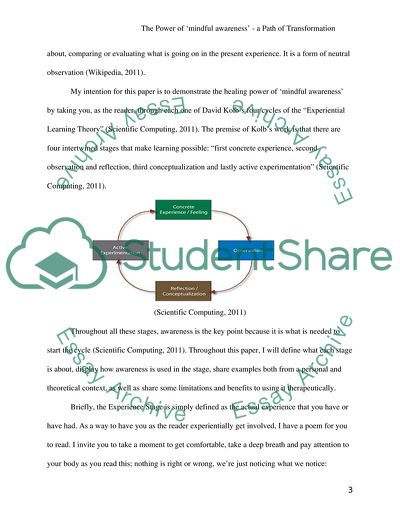Cite this document
(The Power of Mindful Awareness Coursework Example | Topics and Well Written Essays - 2250 words, n.d.)
The Power of Mindful Awareness Coursework Example | Topics and Well Written Essays - 2250 words. https://studentshare.org/psychology/1758062-the-power-of-mindful-awareness-in-healing
The Power of Mindful Awareness Coursework Example | Topics and Well Written Essays - 2250 words. https://studentshare.org/psychology/1758062-the-power-of-mindful-awareness-in-healing
(The Power of Mindful Awareness Coursework Example | Topics and Well Written Essays - 2250 Words)
The Power of Mindful Awareness Coursework Example | Topics and Well Written Essays - 2250 Words. https://studentshare.org/psychology/1758062-the-power-of-mindful-awareness-in-healing.
The Power of Mindful Awareness Coursework Example | Topics and Well Written Essays - 2250 Words. https://studentshare.org/psychology/1758062-the-power-of-mindful-awareness-in-healing.
“The Power of Mindful Awareness Coursework Example | Topics and Well Written Essays - 2250 Words”. https://studentshare.org/psychology/1758062-the-power-of-mindful-awareness-in-healing.


